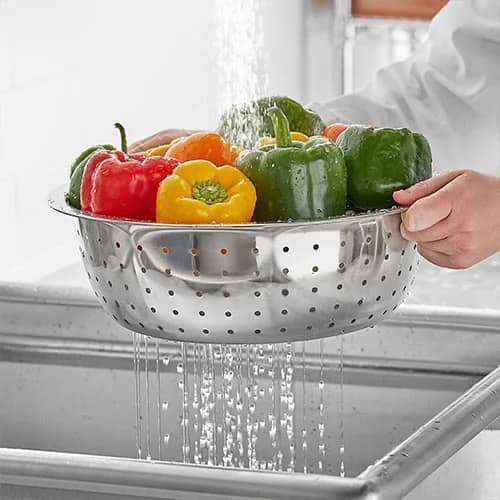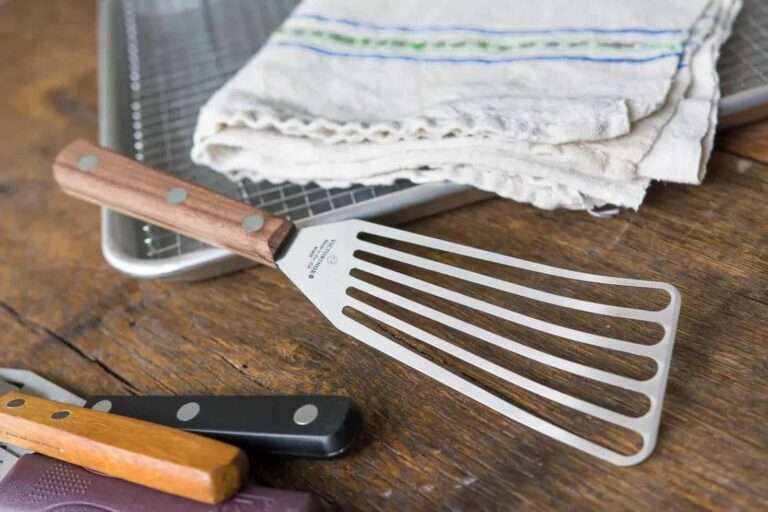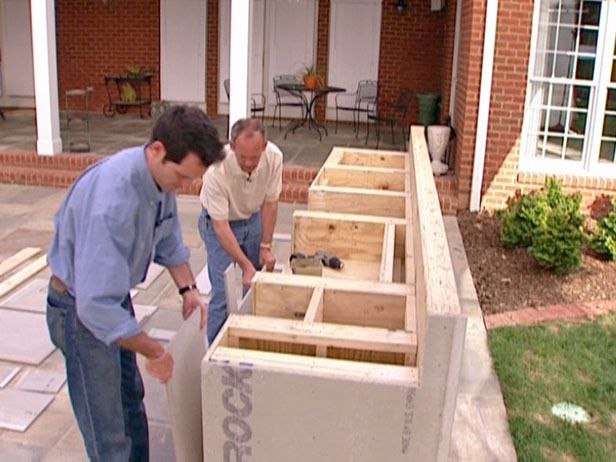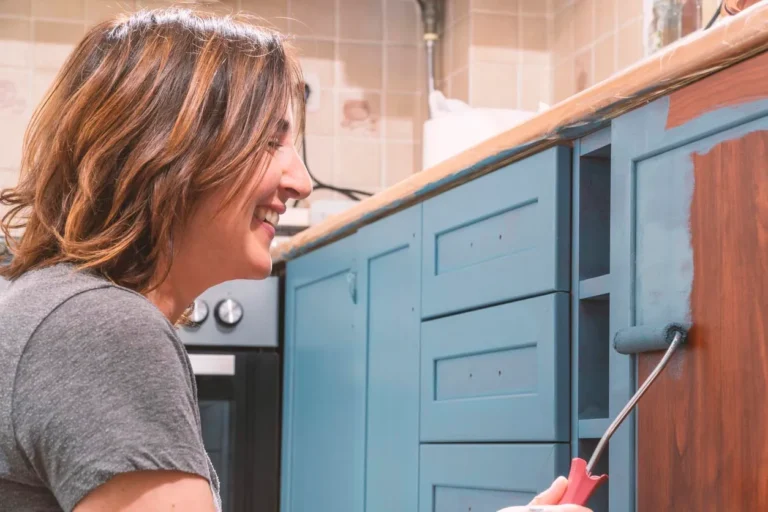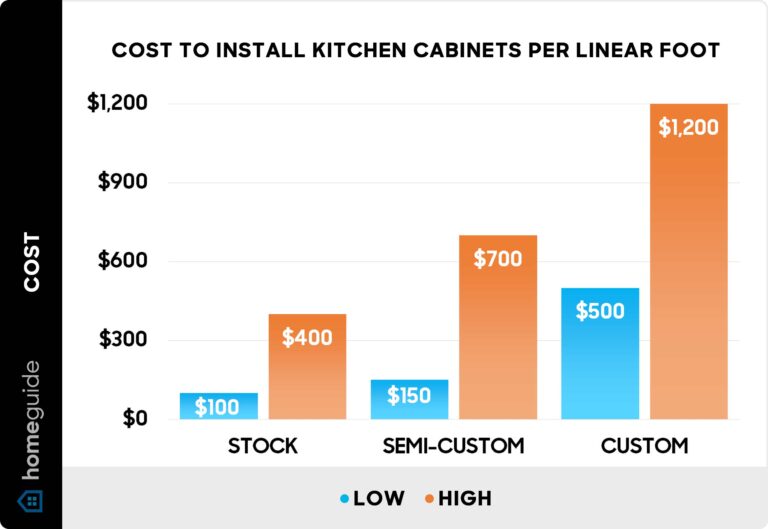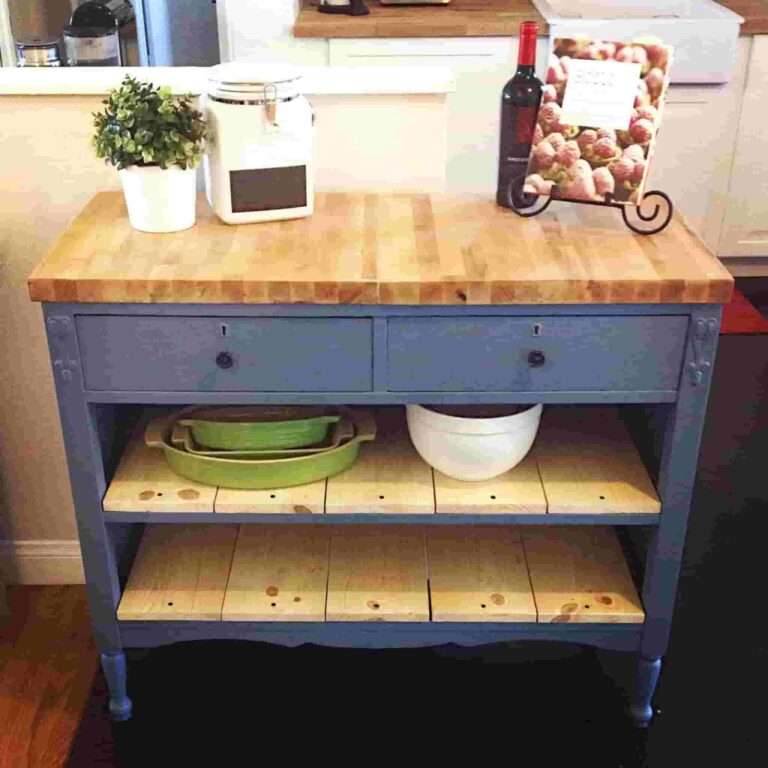What is a Colander Used for in Cooking? Best usage of Colander.
A colander is a kitchen utensil used to drain water from food. It typically features holes, allowing liquids to pass through while retaining solids.
INtroducTION: What is a Colander Used for in Cooking?
In the realm of culinary essentials, a colander stands as an indispensable tool for any home cook or professional chef. Its design, which comes in various sizes and materials like plastic, metal, or silicone, is perfectly suited for a multitude of kitchen tasks.
From rinsing fruits and vegetables to straining pasta or rice, a colander simplifies the process of separating solids from liquids. No kitchen is complete without this practical item; it’s as crucial for washing leafy greens as it is for ensuring perfectly cooked, non-soggy pasta. Whether draining boiled potatoes or sifting flour, the colander’s efficacy and simple utility make it a core component of efficient meal prep and cooking.
Colanders In The Kitchen
Ah, the colander – a true kitchen superstar! This humble tool is a staple in any cooking space. It’s perfect for draining pasta, washing vegetables, and so much more. Let’s dive into the world of colanders and discover their versatility.
The Basics Of Colanders
Think of a colander as a bowl with holes; it separates liquids from solids. But it’s not just about draining water from spaghetti. Use a colander to rinse fruits and veggies, sift dry ingredients, or even steam foods.
Varieties And Materials
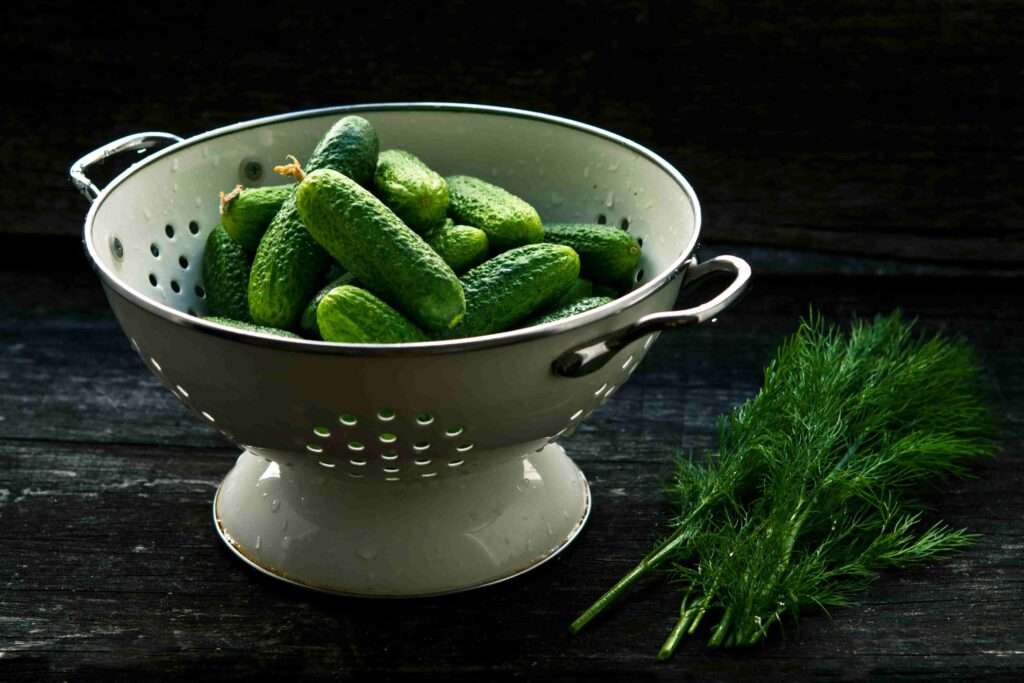
Colanders come in many shapes and sizes. They’re crafted from different materials too. Each type has its unique perks. Below is a quick rundown:
| Material | Advantages |
|---|---|
| Stainless Steel | Durable, easy to clean, rust-resistant |
| Plastic | Lightweight, affordable, colorful |
| Silicone | Collapsible, space-saving, versatile |
| Ceramic | Decorative, heavy-duty, classic |
- Mesh colanders: Great for fine straining
- Bowl colanders: Ideal for heavy loads like potatoes
- Collapsible colanders: Store easily in tight spaces
Choosing the right colander means easier meal prep and clean-up. Opt for quality and functionality.
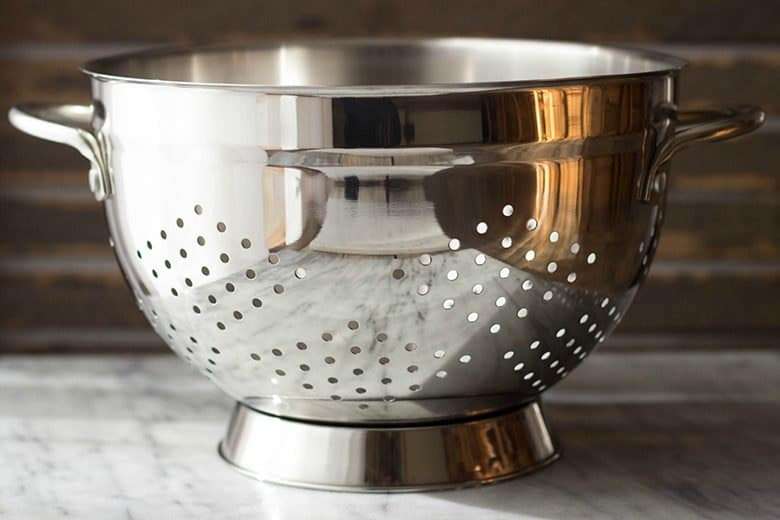
Draining Pasta Perfectly
Imagine your pasta cooked just right – it’s all about the perfect drain. A colander helps get that al dente texture. This kitchen hero ensures no more soggy spaghetti. Let’s look at tips for using a colander to achieve flawlessly cooked pasta.
Pasta Types And Draining Techniques
Different pasta shapes call for unique approaches. Here’s how to handle each one:
- Long noodles like spaghetti: Quick drain, don’t rinse, to keep the texture.
- Short pasta like penne: Shake the colander to remove all water.
- Filled pasta like ravioli: Use a slotted spoon for gentle handling.
Matching the right technique with the pasta type prevents sticking and ensures a delicious result.
Avoiding Overcooked Noodles
Timing is key – wait until the pasta is al dente, then drain immediately. Here’s how:
- Set a timer; check texture two minutes before it dings.
- Once al dente, remove pasta and colander from heat promptly.
- To stop the cooking process, rinse with cold water for cool dishes. Stay away from rinsing for hot dishes; it washes away the starch that helps sauce stick.
Rinsing Vegetables And Fruits
A colander is a fundamental tool in any kitchen. It aids in rinsing vegetables and fruits. Colanders allow water to flow through while keeping the food items secure. Before consumption or cooking, rinsing can remove dirt, pesticides, and bacteria. This ensures your food is clean and healthy to eat.
Choosing The Right Colander
Picking the proper colander makes all the difference. Here is what to consider:
- Material: Stainless steel or plastic? Each has its benefits.
- Size: Match it to your needs. Do you rinse small berries or large veggies?
- Handles: Ensure they’re comfortable and stable.
- Footed Base: This keeps the colander steady and above sink surfaces.
Effective Cleaning Strategies
Proper cleaning is vital. It helps keep your food safe. Follow these steps for best results:
- Fill your colander with fruits or vegetables.
- Run cold water over them. Gently shake the colander to distribute the water.
- Inspect each piece. Double-rinse if necessary.
- Dry pat with a clean towel or utilize a salad spinner.
Other Creative Uses
Think colanders are just for draining pasta? Think again! Creative cooks can repurpose this kitchen essential in many ways. Pull out your colander. We’re diving into its surprising uses.
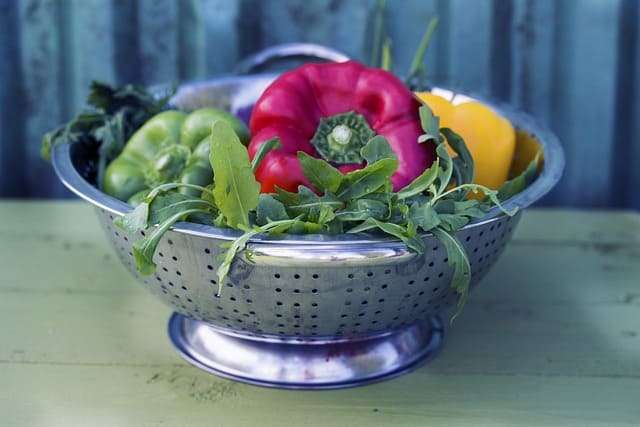
Cheesemaking At Home
Cheesemaking often calls for separating curds from whey. A colander can become your DIY cheese mold. Here’s a quick guide:
- Heat your milk and add lemon juice or vinegar.
- Watch the curds form.
- Line your colander with cheesecloth.
- Pour the mixture into the colander.
- Press the curds to expel excess liquid.
- Wait for your cheese to set.
Diy Steamer Hack
No steamer basket? A colander can help you steam vegetables or fish to perfection. Follow these steps:
- Add some water to a pot until it reaches a depth of a few inches.
- Place the colander above water.
- Ensure the colander doesn’t touch the water.
- Add your food to the colander.
- Cover with a lid or foil.
- Steam until the food is cooked through.
Voila! Perfectly steamed dishes, no special equipment needed!
Caring For Your Colander
Caring for Your Colander is just as essential as using it. This trusty kitchen tool needs love too. Proper cleaning and storage ensure it lasts for years. Stick to these tips to keep your colander in top shape.
Cleaning And Maintenance
To keep your colander clean, follow these steps:
- Rinse immediately after use to prevent food from sticking.
- Use warm, soapy water and a soft sponge for a thorough wash.
- Avoid abrasive cleaners to prevent scratching.
- For stainless steel colanders, vinegar removes hard water spots.
- Dry it completely to stop rust or mildew.
Check your colander regularly for damage. Look for any warps or holes. If you find some, it might be time for a new one.
Storage Solutions
Smart storage keeps your colander ready to use. Here’s how to store it right:
- Hang it up. Use hooks to save space and keep it dry.
- Nest it with other bowls if hanging is not an option.
- Ensure that it is entirely devoid of moisture prior to storing it.
- Store it in a cabinet free from dust and grease.
A well-cared-for colander is a happy colander.
Frequently Asked Questions On What Is A Colander Used For In Cooking?
What Is A Colander’s Primary Function?
A colander’s primary function is to drain water from food. It’s often used after boiling pasta or washing vegetables, allowing liquid to escape while keeping the solid items inside.
Can You Use A Colander For Rice?
Yes, you can use a colander to drain rice. Ensure the holes are small enough to prevent rice grains from slipping through. Rinse the rice under cold water before cooking to remove starch.
Are Colanders Necessary For Making Stock?
Colanders are helpful but not necessary for making stock. They can strain out bones and large vegetables after the stock has cooked. For finer straining, use a cheesecloth or fine-mesh sieve instead.
How Do You Clean A Colander?
Clean a colander by washing it with warm, soapy water. Use a scrub brush to remove stuck-on food. Dishwashers are typically safe for metal and plastic colanders for a deeper clean.
Conclusion
A colander simplifies cooking tasks, ranging from draining pasta to washing vegetables. This versatile kitchen tool is a must-have for chefs at every skill level. Embrace its multifunctionality to enhance your culinary creations with ease and efficiency. Don’t overlook the humble colander—it’s your partner in the pursuit of delicious, well-prepared dishes.


